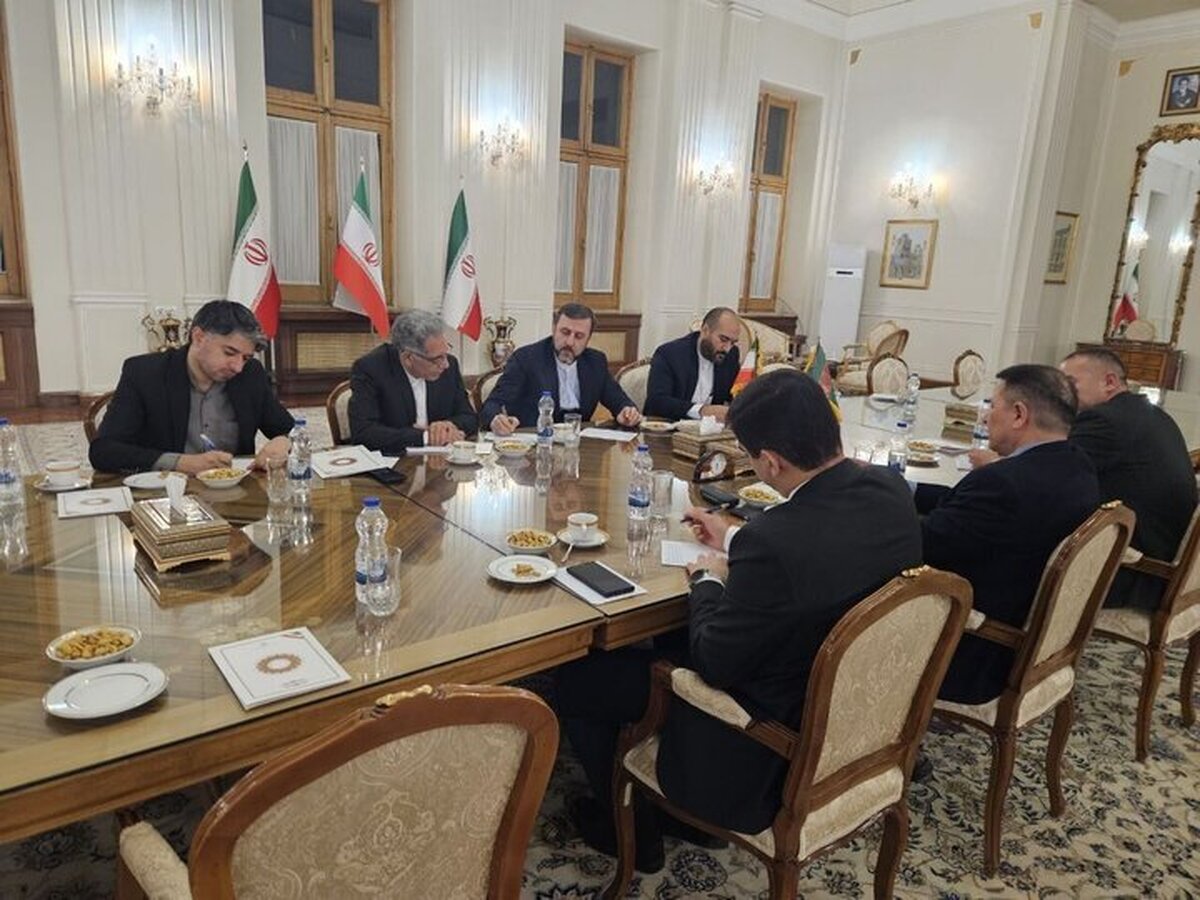
Northern Sewage Collection Network Is Lagging Behind
EghtesadOnline: An estimated 130 million cubic meters of wastewater is produced by households in the northern Mazandaran Province, of which less than 20 mcm is recycled and the rest flows into the Caspian Sea or seeps in the ground, head of the provincial water and Wastewater Company said.
“On average 50% of sewage is treated in the provinces, but Mazandaran is far behind due to underdeveloped infrastructure,” Majid Abdollahi was quoted as saying by IRNA.
Annual water consumption in the household sector in the major northern tourist hub is about 150 mcm producing 130 mcm of effluent, he said. Not reclaiming the massive volume is a big economic and environmental loss for the region with adverse effects for the water tables.
“Close to 90% of water demand in the region is met with the help of underground resources and failing to efficiently treat wastewater will contaminate the underground water reserves and endanger a region of 3.2 million inhabitants.”
Sewage collection network in the province extends over 1,000 kilometers but less than 300,000 households in cities like Sari, Babol, Noshahr and Chalus are connected to it.
The Islamic Development Bank, a multilateral development finance institution focused on Islamic finance located in Jeddah, Saudi Arabia, has agreed to lend €281 million ($320 million) for a project to develop wastewater networks in the province visited by millions of tourists every year.
“When implemented, Qaemshahr, Amol, Mahmoudabad and Ramsar will have urban sewage systems.” The loan is set to be allocated by March.
According to Abdollahi, 500,000 people, or 25% of the province’s urban population, will benefit from the project.
Mazandaran Province is home to 470,000 hectares of agronomical and horticultural farms producing 7 million tons of agricultural products a year. Major products are rice, kiwi, citrus fruits, flowers, plants, chicken, dairy and fish.
Southern Coastal Regions
In related news, IRNA quoted Majid Vafadar, head of Hormozgan’s office of the Department of Environment, as saying that 83,000 cubic meters of untreated wastewater is dumped into the coastal waters of Bandar Abbas in Hormozgan Province every day from refineries, the satellite town of Hadish and surrounding areas.
“Persian Gulf waters are polluted daily with 68,000 cubic meters of wastewater from refineries and 15,000 cubic meters of untreated sewage from Hadish and its outlying districts.”
The pollution is a serious health risk. Vafadar named several places in the coastal areas that have failed to obtain an environmental permit, including the municipality’s women beach resort and aquarium, the fish market and Nakhl-e-Nakhoda Pier, Hakhamanesh Tourist Complex and the Martyrs Memorial Building that is also used for commercial purposes.
“For years judicial authorities have been informed about the illegal constructions but to no avail.” The official concurred that the DOE is unable to stop the lawlessness and views of experts and professionals are often ignored by the authorities.
Based on Energy Ministry data, about 4.3 billion cubic meters of effluent is produced from 6 bcm of drinking water in Iran, but only 1.2 bcm is reused.
Iran’s annual water consumption is near 100 billion cubic meters, while the country only has 88 bcm of renewable sources. Experts have warned that the water scarcity will reach crisis levels by 2025, when available renewable water will be less than 1,000 cubic meters per capita, down from 2,000 cubic meters in 1950.



